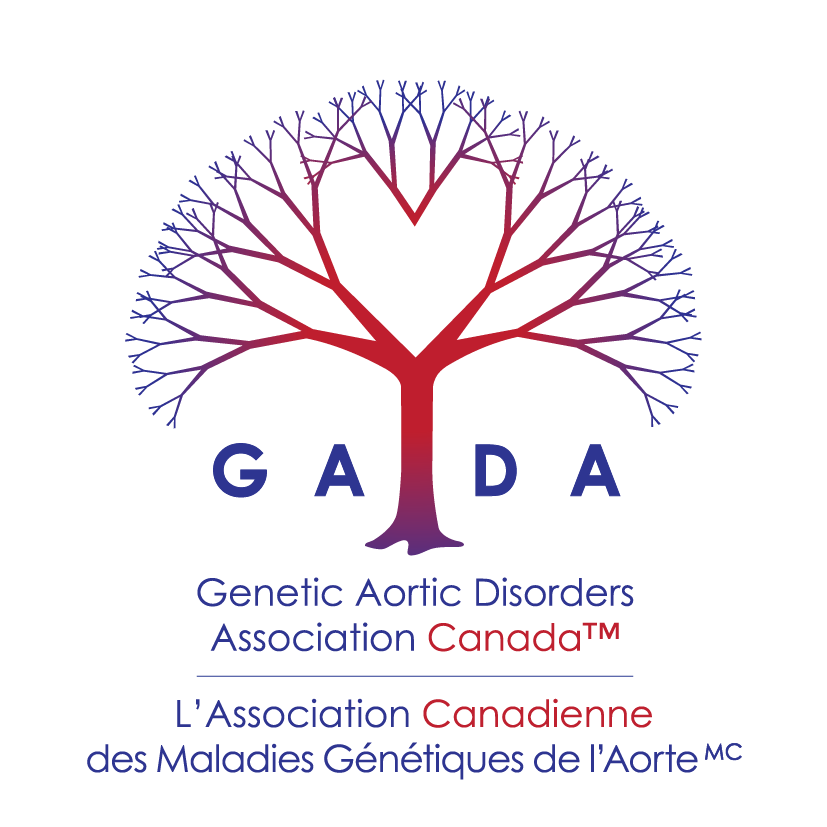2016 AWARD 2:
The Effects of a Physical Activity Intervention on Aortic Health in Children and Adolescents with Marfan syndrome (MFS)
$50,000 1-year grant
Funded by GADA Canada & TFF
January 2017 - December 2017
Kevin Harris, MD.
Assistant Professor and Clinician Scientist, University of British Columbia, Vancouver
LAY SUMMARY:
Marfan syndrome is an inherited disorder of connective tissue in the body (such as in the heart and muscles) affecting approximately one in 3000 people. One of the major blood vessels in the heart (called the aorta), which is important to take blood away from the heart to the rest of the body, becomes weak over time putting patients at risk of death if it breaks. Strenuous activity is discouraged in Marfan syndrome as it can cause extra stress on the aorta and may damage it. However, being inactive is also not good for the health of the aorta and physical activity may improve the elasticity of the aorta. We currently do not know if the health of the aorta can improve with physical activity in people, but a recent animal study saw more elastic aortas following exercise. Increasing physical activity is also known to improve quality of life in many patient groups. Thus, we expect that Marfan patients will have improved aortic health and quality of life after increasing their physical activity over a period of time.
The present study involves a 6-months of regular physical activity in young Marfan patients, 10-19 years of age. At the start and finish of the study, patients will have an echocardiogram (which takes pictures of heart and aorta), will provide a blood sample, and complete a Quality of Life Questionnaire. The blood sample is for measuring substances in the blood that are related to Marfan syndrome, and are higher than are found in healthy children. Also, these markers are known to decrease with exercise. Patients will be given suggestions on how they can increase their physical activity that is suited to their current needs, involves activities they like, and is safe for them to do. They will wear a Fitbit device throughout the study that will track their steps and heart rate. Patients will be able to regularly talk with researchers and other participants in the study, via emails, text messaging, and a Fitbit forum. The proposed study can improve the health and quality of life for children and teens with Marfan syndrome by using an enjoyable, inexpensive treatment that they can safely do for their entire life.
The study is met with great interest by our participants and their families, and several individuals are currently actively enrolled in the study.
